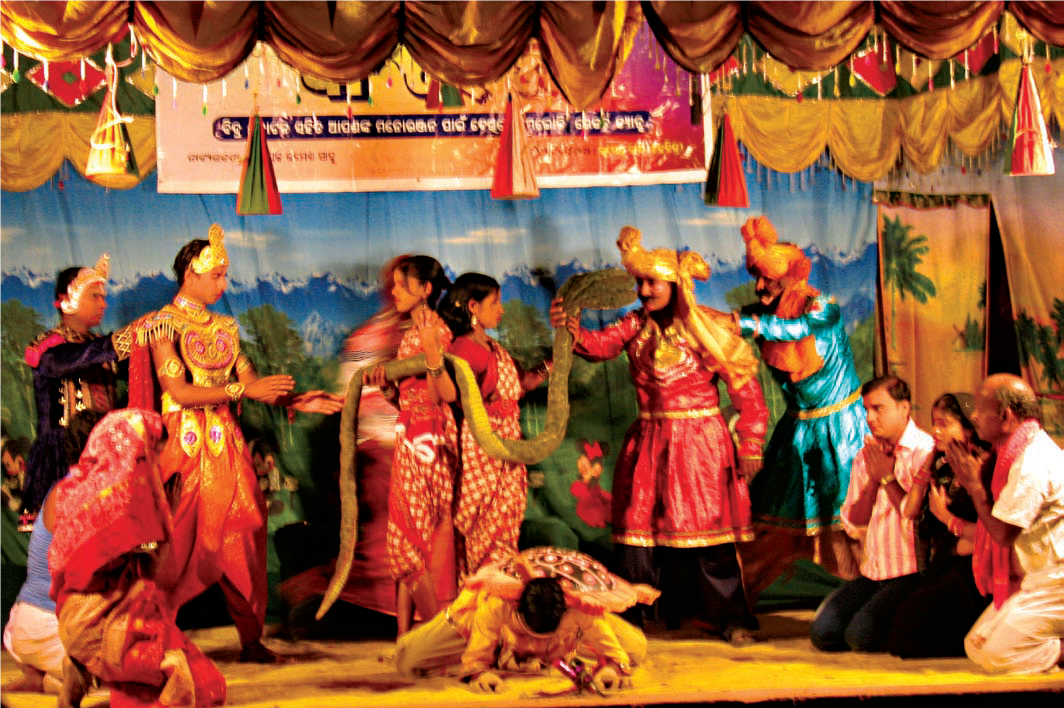

IUCN entered into the Dhamra port project because of concern about the port harming Olive Ridley turtles. As IUCN dug into the problems, however, it learned that the mortality rate of the turtles had already increased dramatically. A report prepared by the Wildlife Institute of India indicated that turtle mortality had increased from a few thousand a year in the early 1980s to more than 10,000 by the mid 1990s. Mechanized trawl fishing and gill net fishing were seen to be responsible for the mortalities.
Local community awareness regarding the value of the turtles was low. To address this, the IUCN team engaged in community sensitizing activities, including creative educational programs, as well as traditional outreach. DPCL also established a community training centre so that local villagers could develop new skills.
IUCN also identified that the use of Turtle Excluder Devices (TEDs) could be helpful in reducing turtle mortality due to trawl fishing, one of the biggest problems in the areas. The devices weren’t new to fishers in the Dhamra area – Indian NGOs and scientists had tested them with the fishers in the past – but they weren’t being used. The IUCN DPCL team consulted extensively with local fishing cooperative officers and communities to better understand the issues.
A training workshop was organized and a number of practical trials of the TEDs for fishers in the area were facilitated. Changing the practices of local fishing communities remains a major priority, but will require long-term education programming combined with policy solutions.
The last obstacle to be tackled in this public arena was governance. In the beginning, local authorities seemed more concerned about fishers’ rights than turtle safety. However, as understanding spread, government agencies became partner advocates for the holistic, long-term solutions. There were alternative livelihood trainings to provide income generating options to the community besides fishing.